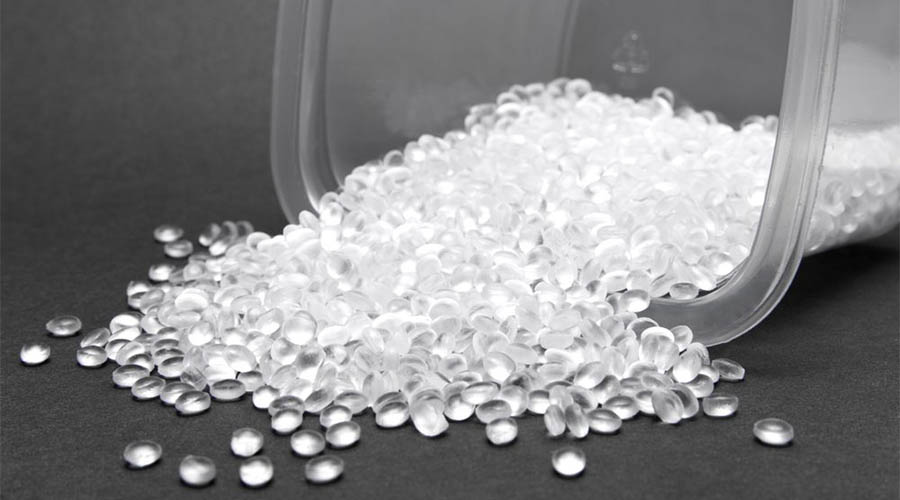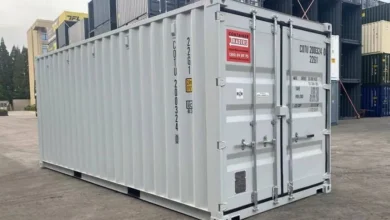
High-Density Polyethylene (HDPE): All You Want to Know
Table of Contents
HDPE Polyethylene
Snippet: As per Statista, in 2023 the global high-density polyethylene market was evaluated at around 79.53 billion USD. By 2032, it is expected to grow at a 4% CAGR and will be valued at approximately 113.24 billion USD. But what exactly is high-density polyethylene? Let’s understand this.
HDPE full form is high-density polyethylene which is a thermoplastic polymer having ethylene as its monomer unit. Ethylene is a hydrocarbon whose formula is C2H4. In case you see a RIC (Resin Identification Code) – 2 labeled on any plastic material, it means that the plastic material is made of HDPE as RIC-2 stands for HDPE.
HDPE material has a linear structure with little or no branching, resulting in a highly crystalline polymer with strong intermolecular forces. HDPE’s versatility as well as utility makes it a preferred material across various industries. From packaging and construction to automotive and healthcare, HDPE polyethylene plays a crucial role in modern industries. The cherry on top is that high-density polyethylene is easily recyclable, making it more useful in today’s world than ever.
In this article, we will explore HDPE polymer prices, who invented it, the properties of HDPE, its manufacturing process, and its uses.
History of High-Density Polyethylene
The discovery of high-density polyethylene (HDPE) is attributed to Karl Ziegler, a chemist from (Germany), and Erhard Holzkamp. In 1953, Ziegler, along with his research partner Holzkamp, developed a catalyst system that enabled the polymerisation of ethylene under favorable conditions for the formation of high-density polyethylene. This groundbreaking work laid the strong foundation for the HDPE’s commercial production. Ever since it has become one of the most used plastics across the globe. Due to its strong high-density polyethylene structure and various uses, HDPE is one of the largest volume polymers produced globally.
High-Density Polyethylene Properties
HDPE is used in an array of applications due to its state-of-the-art properties. Out of many, let’s have a look at some major HDPE properties:
High Strength-to-Density Ratio: High-density polyethylene is known for its high strength-to-density ratio, which makes it lightweight yet strong.
High Melting Point: The melting point of HDPE is around 130.8°C.
Strong Intermolecular Forces and Tensile Strength: It demonstrates stronger intermolecular forces as well as tensile strength.
Crystallisation Temperature: Its crystallisation temperature is around 111.9°C.
Low-Temperature Tolerance: It can withstand exposure to lower temperatures.
Solvent Resistance: HDPE exhibits resistance to various solvents which makes it more usable for different purposes.
High-Density Polyethylene Price
Mentioned below are HDPE prices for Delhi:
- Basell HDPE PE100 Ready Material Hostallen CRP100 Black: ₹1,04,100/MT.
- KPIC HDPE PE100 Ready Material P600: ₹1,00,100/MT.
- Sabic HDPE PE100 NP Ready Material B5629: ₹90,500/MT.
- MPC HDPE PE80 Ready Material EX3: ₹1,02,600/MT.
- MPC HDPE HM Films Ready Material EX5: ₹99,600/MT.
- JPC HDPE PE80 Ready Material EX3: ₹1,02,600/MT.
- Marlex HDPE HM Films Ready Material TR144: ₹1,01,000/MT.
HDPE prices in India:
- Basell HDPE Blow Moulding Ready Material: ₹97,500/MT.
- BPC HDPE Injection Moulding Ready Material: ₹97,750/MT.
- GAIL HDPE Blow Films Ready Material E45A003: ₹96,500/MT.
Note: Prices are subject to change as per the market conditions
High-Density Polyethylene Production Process
Generally, HDPE is produced by ethylene’s gas phase polymerization. Using petroleum, ‘cracking’ (applying extreme heat) takes place under controlled conditions. This, in turn, produces ethylene gas.
Later on, these ethylene molecules get polymerized to produce HDPE. Wait, the process is not complete yet. HDPE further undergoes a separation and drying process to remove impurities and moisture. Additionally, HDPE can also be produced with the help of different catalytic processes like Cr–silica catalysis or Ziegler-Natta catalysis.
High-Density Polyethylene Uses
Its versatility makes it widely used across various industries. Out of many, here are a few HDPE applications:
· Rope: Due to its strength and resilience, its fibers can be spun into ropes.
· Potable And Sewage Water Pipes: Thanks to their durability and corrosion resistance, these pipes are commonly used for potable water and sewage systems.
· Food Packaging: Due to its safety and barrier properties, HDPE film is used in food packaging.
· Plastic Envelopes: It is used to make plastic envelopes for mailing purposes due to its toughness and moisture resistance.
· Products: Due to its strength and versatility, it is used for making various products such as stools, chairs, bottles, ice cube trays, toys, bottle crates, doormats, playground equipment, etc.
· 3D Printing Filaments: All thanks to its strength and ease of printing, it is used in 3D printing filaments.
· Wood Plastic Composites: To enhance their durability and strength, it is used in wood plastic composites.
· Cutting Boards: Due to its resistance to chemicals and moisture, it is used in making cutting boards.
With its diverse applications, HDPE remains indispensable across industries, shaping a sustainable future. Properties like a high strength-to-density ratio, strong intermolecular forces, and resistance to solvents, and low temperatures give it an extra edge. When talking about the prices, polymers prices don’t change drastically as they are heavily influenced by the international market. Moreover, keeping a tab on high-density polyethylene prices can help you stay up to date with the market and grab the best deals when you need to buy this product.








